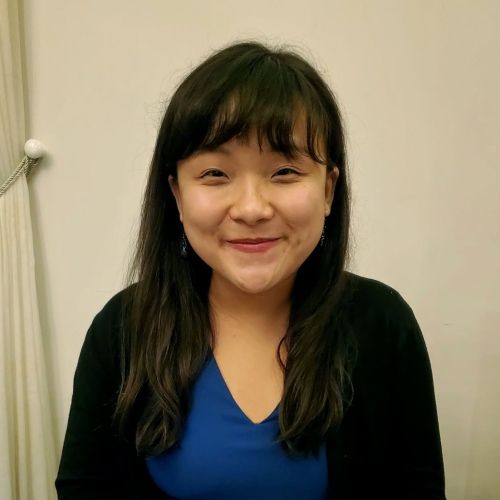
Campus Life: Young Entrepreneurs from Sacred Heart Canossian College are running startup businesses to raise funds for charity
The HK students are raising money for Rett Syndrome, a disease that almost exclusively affects girls
 Sacred Heart Students (from left) Jennifer, Rachel, Charlotte, and Vanessa have set up their own businesses.
Sacred Heart Students (from left) Jennifer, Rachel, Charlotte, and Vanessa have set up their own businesses. For the fifth year in a row, Form Three students from Sacred Heart Canossian College have teamed up for the Enterprise Challenge, a class-based business competition, which raises funds for charitable organisations.
With the theme this year of “Light Up the Darkness”, students hope to raise public awareness of the elderly living alone and people suffering from Rett Syndrome, a little-known genetic disease that almost exclusively affects girls, and impairs people’s ability to speak, walk, and sometimes even breathe.
Young Post spoke to four Form Three participants and Form Five student mentors last Wednesday to learn more about their start-up journey, product design, and obstacles they’ve had to overcome.
“Our class designed a leather cardholder imprinted with an injured butterfly and an opened palm beside it,” said student participant Rachel Lee Tsz-yu, 15. Her class 3F is one of three which will be fundraising for the Hong Kong Rett Syndrome Association. The illustration, she explained, symbolised offering love and a helping hand to people suffering from the disorder to make their lives better.
Another class supporting the same organisation, 3D, designed an A4-sized multi-purpose bag, with an image printed on it of a winged hourglass, surrounded by flowers.
“The hourglass represents the relatively limited lifespan of the patients, while the wings and flowers symbolise hope,” said 16-year-old Charlotte Wong Cheuk-nam, one of the 12 student mentors in Form Four or Five taking part in the challenge.
Targeting students as their primary customers, Charlotte said the bag’s size made it ideal for carrying study materials around or outside the campus.
Meanwhile, Vanessa Chu Hana, 16, was in charge of a class which aimed to draw public attention to elderly people who live alone, and whose beneficiary is the Community Charity Spirit Limited.
“Class 3A opted for small cross-body bags because they are popular among teens,” she said. On the bag is an illustration of a SHCC student helping an old man in worn-out clothes.
The challenges and rewards of powering a whole school with renewable solar energy
“We hope the design will encourage people to pay attention to the fact that many elderly in Hong Kong are not receiving sufficient financial support to fulfil their basic needs,” she added.
Jennifer Wong Nok, 14, said turning the designs into actual products wasn’t easy, because many suppliers refused to take small orders. “But the experience has definitely helped us gain insights on how to run a business,” she added.
Rachel agreed, and said they performed customer surveys asking their family and friends for their opinions, to make sure their final product appealed to people of all ages.
Since September last year, the 173 Form Three students have been working hard to design, produce, and promote their classes’ merchandise, while their mentors kept track of their work progress and offer useful advice.
“It’s difficult to make sure everyone in the class knows what’s going on at every stage of the challenge, as they’ve been divided into teams and are assigned certain tasks,” Charlotte said.
“To solve this problem, I’ve been organising regular meetings to let students familiarise themselves with the class’ progress.”
Meanwhile, reflecting on past experiences helped Vanessa come up with a better way to promote the challenge, as well as her team’s products on social media more effectively.
“In the past few years, we would post photos with long descriptions as captions on Instagram. It wasn’t effective when people go to the platform for fun things,” she said.
“This year, we are trying to incorporate the product description in the photos and use attractive colours to attract people’s attention.”
The students’ merchandise will be available for public sale at the school’s Fun Fair this Saturday.
